Breaking down statistics from No. 13 Kentucky WBB's 7-1 start
The No. 13 Kentucky Women’s Basketball Team is currently in the midst of a nearly two-week-long holiday break, providing a perfect opportunity for us to break down how they performed statistically throughout a 7-1 start to the 2020-21 season.
Head coach Kyra Elzy has employed a “win by committee” strategy that has been almost necessary considering the pool of five- and four-star talent that makes up this deep roster. Rhyne Howard is still the undisputed leader for the Wildcats, but some of her early-season struggles have been masked by impressive all-around performances from the likes of Dre’Una Edwards, Chasity Patterson, Robyn Benton, and Blair Green.
Kentucky has hardly played perfect basketball this season, evidenced by an 86-82 loss to a ranked DePaul squad–their only defeat on the year–that brought about more cries for concern rather than optimism going into a brutal SEC schedule. But 7-1 is still 7-1, and it includes important wins against Kansas State and a ranked Indiana team. UK finished off their non-conference slate of games with a 98-37 thrashing of Wofford last weekend. The extended break came at an opportune time.
The inter-conference schedule gets rolling with three top 11 ranked opponents in the first four outings: No. 11 Arkansas, @ Tennessee, @ No. 9 Texas A&M, and No. 5 South Carolina. I’ve said before that this stretch of games will tell us just about everything we need to know about this squad and how realistic of a shot they have at an Elite Eight or even Final Four run.
Just going off the numbers, it would appear that Kentucky has built a system and scheme capable of contending come NCAA Tournament time, but there are obvious holes that need to be filled early into the SEC portion. Let’s do a quick breakdown of what the numbers are telling us.
Statistically a top-tier team
According to Her Hoop Stats, the Wildcats are among the country’s top overall teams in terms of points per game (79.4 ppg, or the 88th percentile among all Division I schools), opponent points per game (56.1 ppg, or the 91st percentile), and margin per game (23.2, or the 94th percentile).
Granted, the overall competition level hasn’t been terribly high, but compared to the rest of the nation’s top schools who are likely experiencing a similar schedule load, this is a relatively accurate depiction of where the ladies stand amongst the top-ranked programs. Kentucky has hit the 70-point mark in all but one game–a 60-49 win over Kansas State–and has only given up more than 70 points on one occasion: the four-point loss to DePaul, 86-82. Indiana was the next-highest scoring opponent with just 68. Judging by these figures alone, Kentucky has been consistent with its ability to put up points and play defense.
Kentucky has three go-to scorers, another key to creating an elite ball club. Howard, Edwards, and Patterson are all among the top 15 scorers in the SEC. Edwards’ shooting percentage of 59.3 is third-best among conference players while Patterson’s 40 steals leads the SEC and the NCAA.
3-point shooting still needs some work
Contrary to the previous two seasons, Kentucky is struggling from beyond the arc, but slicing defenses in the paint. Typically, the outside scoring has opened up inside scoring opportunities for the ‘Cats. This season, that’s been the opposite of the case thus far.
Let’s put the numbers into perspective a little bit more:
2018-19 shooting splits
2018-19 3-point shooting percentage: 36.4 percent (29.7 percent of the team’s overall points came from 3-pointers)
2018-19 2-point shooting percentage: 43.2 percent (52.3 percent of the team’s overall points came from 2-pointers)
2018-19 free-throw percentage: 74.5 percent (18.0 percent of the team’s overall points came from free-throws)
2019-20 shooting splits
2019-20 3-point shooting percentage: 36.3 percent (34.8 percent of the team’s overall points came from 3-pointers)
2019-20 2-point shooting percentage: 44.3 percent (47.2 percent of the team’s overall points came from 2-pointers)
2019-20 free-throw percentage: 72.4 percent (18.1 percent of the team’s overall points came from free-throws)
2020-21 shooting splits
2020-21 3-point shooting percentage: 30.9 percent (26.5 percent of the team’s overall points have come from 3-pointers)
2020-21 2-point shooting percentage: 53.6 percent (59.2 percent of the team’s overall points have come from 2-pointers)
2020-21 free-throw percentage: 72.8 percent (14.3 percent of the team’s overall points have come from free-throws)
Over the previous two seasons, Kentucky shot a steady 36 percent from deep with nearly one-third of the overall points coming from those outside looks. This year, only a quarter of the team’s points come from 3-pointers while the free-throw numbers have also taken a slight dip. But counter that with an insanely impressive 2-point shooting percentage of 53.6, one of the top marks in the entire country, and you can see why Kentucky is still dominating against their challengers.
You’d prefer for Kentucky’s free-throw rate to jump up a bit with all of the inside looks, especially if the outside shot continues to struggle. It’s a bit shocking that their current free-throw rate of 14.4 is one of the lowest figures in the nation despite owning teams in the 2-point range. They’ve been averaging over 37 points in the paint per game, but have struggled to find the free-throw line.
But the Wildcats aren’t necessarily getting to the rim more often, rather mixing in open mid-range looks into the offensive arsenal. The main reason for the distribution of scoring on the court is the new opportunities it has opened in areas the ‘Cats previously didn’t have access to–the middle of the floor–and this is without the outside shot falling. Kentucky can play high-low now, creating holes in opposing defenses that didn’t exist in the previous two seasons.
With the number of quality shooters Kentucky has, the 3-point percentage should expect to receive a minor uptick. It might not jump up to the mid-30s as it has the previous two seasons, but if they can increase it to 33-34 percent come SEC play, that will pay massive dividends when it comes to how teams defend the ‘Cats.
Edwards is a key contributor to this new-founded offensive success, considering her 62.6 effective field goal percentage is one of the best in the country. Most of her buckets come right around the rim, a player trait that Kentucky didn’t have the last two seasons. Add in Olivia Owens post presence at 6-foot-4 and the ‘Cats actually have a loud interior presence.
Which segues perfectly into my next point…
Rebounding is finally a strength
Thanks to players like Edwards and Owens along with Howard and KeKe McKinney–who are all over 6-feet in height–Kentucky has had the edge on the glass more often than not.
The ‘Cats have only been outrebounded twice through eight games: 48-43 in the season-opening win over Murray State and 38-37 in a tight win over Indiana. In total, UK is outrebounding the opposition 335-270 for an average of plus-8.1 rebounds per outing. They’ve been doing it on both ends of the court, too.
Kentucky’s offensive rebounding rate (39.7 percent, 36th), defensive rebounding rate (70.5 percent, 103rd), and total rebounding rate (55.4 percent, 44th) all rank among the top 105 teams in the country. Opposing teams are having a difficult time recording just 30 rebounds. Edwards, in particular, is a top 100 individual rebounder compared to the rest of the Division I players.
The defense *appears* as stout as ever
Without nit-picking the minor details, the Kentucky defense has played up to expectations through eight games.
As an entire unit, the ‘Cats work well together. Opposing teams are shooting just 36.8 from the floor, 25.9 percent from 3, and 63.9 percent from the charity stripe. Those numbers are impressive when you look on the surface, but that under 64 percent figure from the free-throw line indicates the talent-level Kentucky is going up against clearly isn’t up to their caliber. But even against Indiana, Kentucky held the Hoosiers to a 41.2 percent mark from the floor and just 27.3 percent from deep. However, DePaul broke down the UK defense, making half of their shots from the floor and nearly 39 percent from beyond the arc.
Despite the varying levels of competition, Kentucky’s defense is still one of the best in the SEC, but an obvious work-in-progress. If we take a step back, actually do some nit-picking, and analyze the defense from an individual perspective, there is plenty to pinpoint as areas that need improvement.
Rhyne Howard still goes through spells of apparent indifference. Dre’Una Edwards has a habit of not sliding when the opponent is attacking the rim. Chasity Patterson’s gambles on defense work against bad teams, but will they against smarter backcourts? Olivia Owens and Edwards both foul way too much for how valuable they are to Kentucky’s inside presence. Outside of the last sentence, the box score cannot properly reflect those deficiencies.
But that doesn’t mean the defense is putting up empty numbers. Patterson is the nation’s most dangerous ball hawk. McKinney has settled into her role as the team’s defensive stopper, covering all five positions if need be. Howard, Blair Green, and Robyn Benton are all above average on-ball defenders, especially Howard and Benton. Edwards’ on-ball defense in the paint is steady. We only have a one-game sample size from Jazmine Massengill, whose 6-foot frame as a point guard makes her another potential perimeter deterrent.
Here’s the only stat you need to know about the early defensive results: Kentucky’s top three opponents thus far this season–Kansas State, Indiana, and DePaul–have shot a combined 43 percent from the field. When UK has faced the likes of Murray State, Belmont, Marshall, Samford, and Wofford, those five averaged a combined field goal percentage of just 32 percent, 11 percentage points worse than Kentucky’s quality opponents.
Going back to the points in the paints figure, Kentucky has been outscored by an average of 37.3 to 31.3 against Kansas State, Indiana, and DePaul. Against the five non-Power 5 teams, UK is outscoring opponents in the paint 41.4 to 24.8.
When dissecting the numbers, it’s obvious that Kentucky is more than worthy of their No. 13 national ranking, but just as clear that they need work if they want to contend among the top 10. They’re making light work of the opponents they should beat easily, but playing slightly below expectations against Power 5 schools.
The first few games of the SEC schedule are going to be fun, but tough.

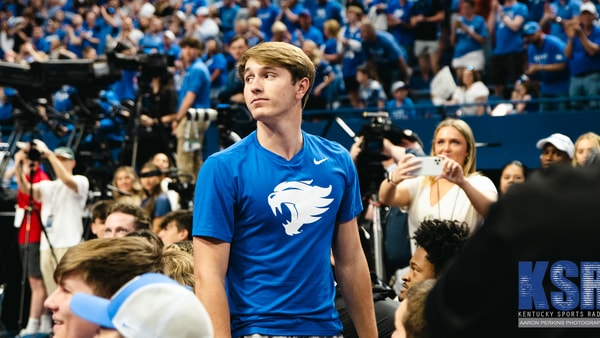
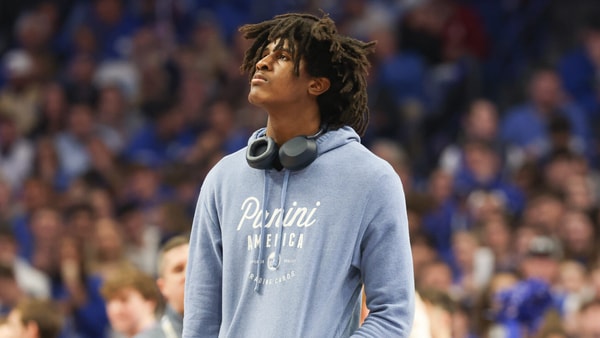
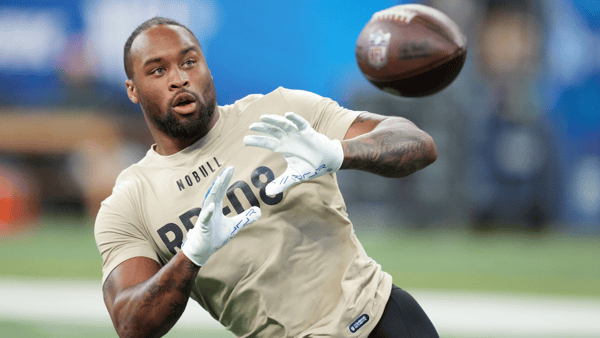
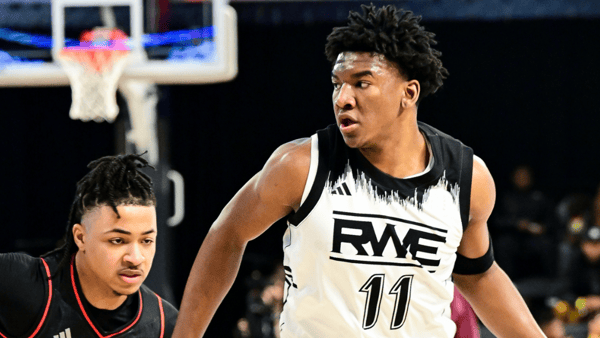
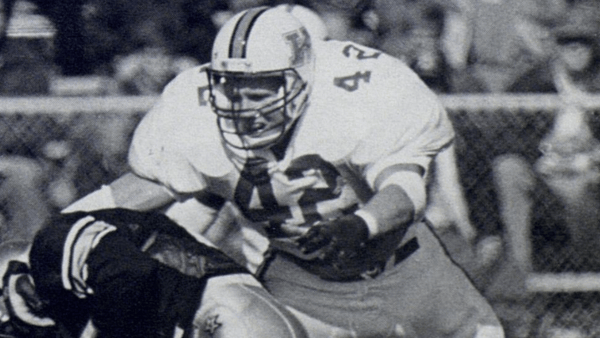
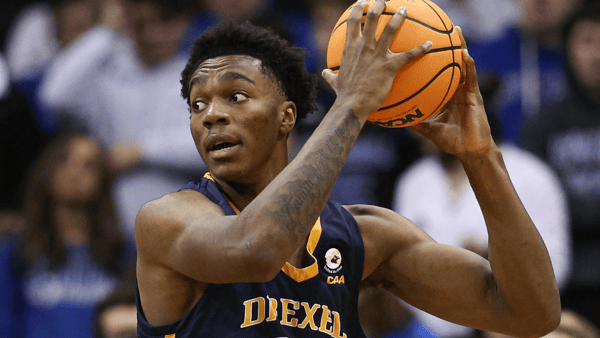
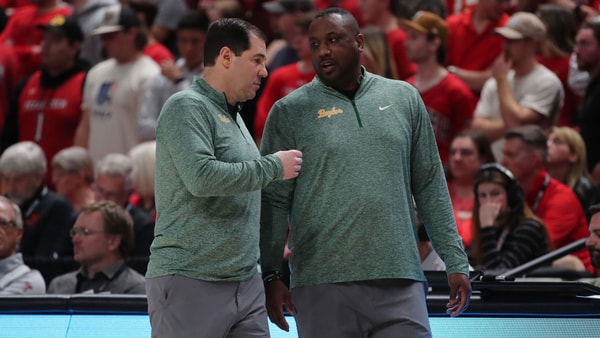
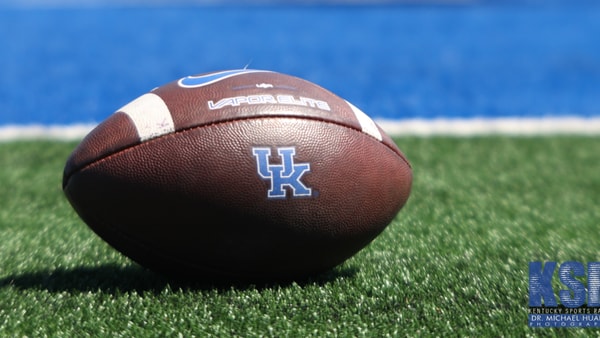
Discuss This Article
Comments have moved.
Join the conversation and talk about this article and all things Kentucky Sports in the new KSR Message Board.
KSBoard